“Nothing looks ugly and pretty, but many things are ugly but beautiful”
In this edition of the Weekender: Y2K tech aesthetics, cooking for your loved ones, and an interview with a florist
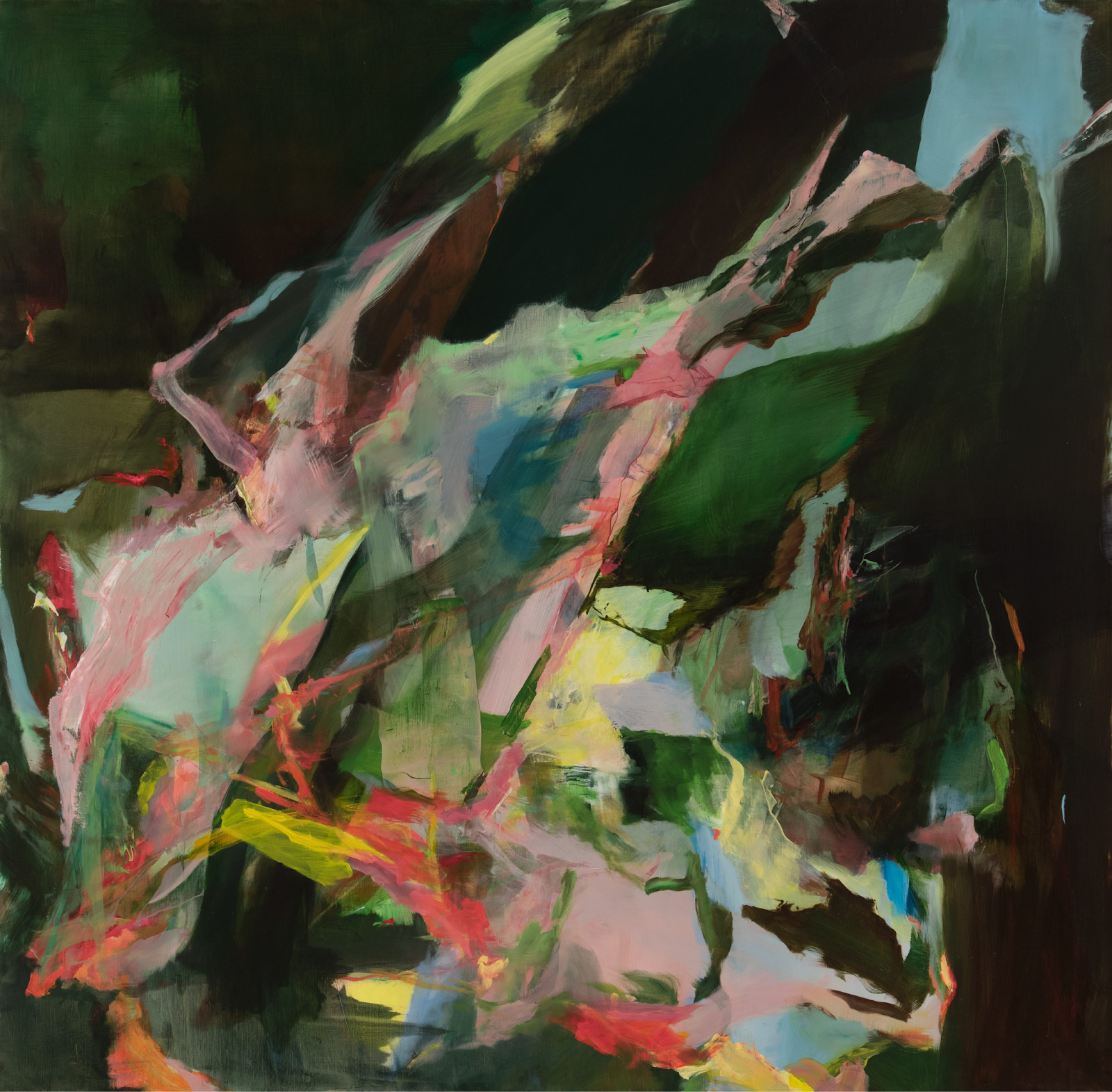
This week, we’re peering inside frogs and iMacs, cooking for our crushes, and struggling to pronounce fantasy names.
FOOD
Through the stomach
Kate Snyder has cooking for your loved ones—and soon-to-be loved ones—down to a science.
What Five Cooks Make to Say “I Love You”
—
inThe first time I cook for you is my favorite. It means my house is clean, it means I have a fridge full of groceries, it means I get to spend all afternoon in my kitchen with my playlists, and it means you and I are about to go from whatever we are to something infinitely more. If a new friend comes over for dinner, she leaves a friend I call on the phone after work, a friend whose mother’s name I know. If a crush comes over for dinner, he becomes _______ (my mom reads this). We need to add a base for “sharing a meal I made.” I think it’s the most intimate thing we can do together.
One of the first questions I ask everyone I meet, right after “what’s your name” and “where do you get your hair cut” (everyone has better haircuts than I do), is “what is your favorite thing to cook to tell someone that you love them.” Through obsessive consideration I have my answer scripted down to the thing that I’m wearing when I cook it. I’m in a pale yellow dress (which means in this fantasy it’s also August and that one streak in my hair is as blond as it’ll ever be) with little flowers and flutter sleeves, and I’m making you Chicken Marbella how Ottolenghi does it (dates instead of prunes because prunes are essentially a laxative and thus hateful). This dish is perfect to me for three reasons:
You do all the work two days in advance, letting it marinate until the one(s) you love come(s) over. When they knock on the door, your whole kitchen smells like garlic and fat, but you look unruffled, radiant in pale yellow.
Even for its ease, you still get to perform adeptness. “I’m gonna check the chicken, do you want another glass of (whatever wine they brought)?” you say, breezing over to the oven barefoot to lean over and check that the skin’s golden brown. It is! God you’re good.
For the purposes of wooing, chicken thighs are unparalleled. They are at once the sexiest part of the bird and deeply nourishing, and in serving them you say not only *Jessica Rabbit eyes* but also, “this is what I will feed our children one day.”
It’s my favorite question in the world and I’m never not delighted by your answers. My heart swells hearing you describe your particular method for spaghetti alle vongole, picturing you rolling out the dough for your chicken pot pie or laboring dutifully over “anything, when served with fervor” (that’s what Martha Stewart said when I asked her). Food is a language, each ingredient is a letter, and the way that you combine them says everything about who you are, or how you hope to be.
PORTRAIT
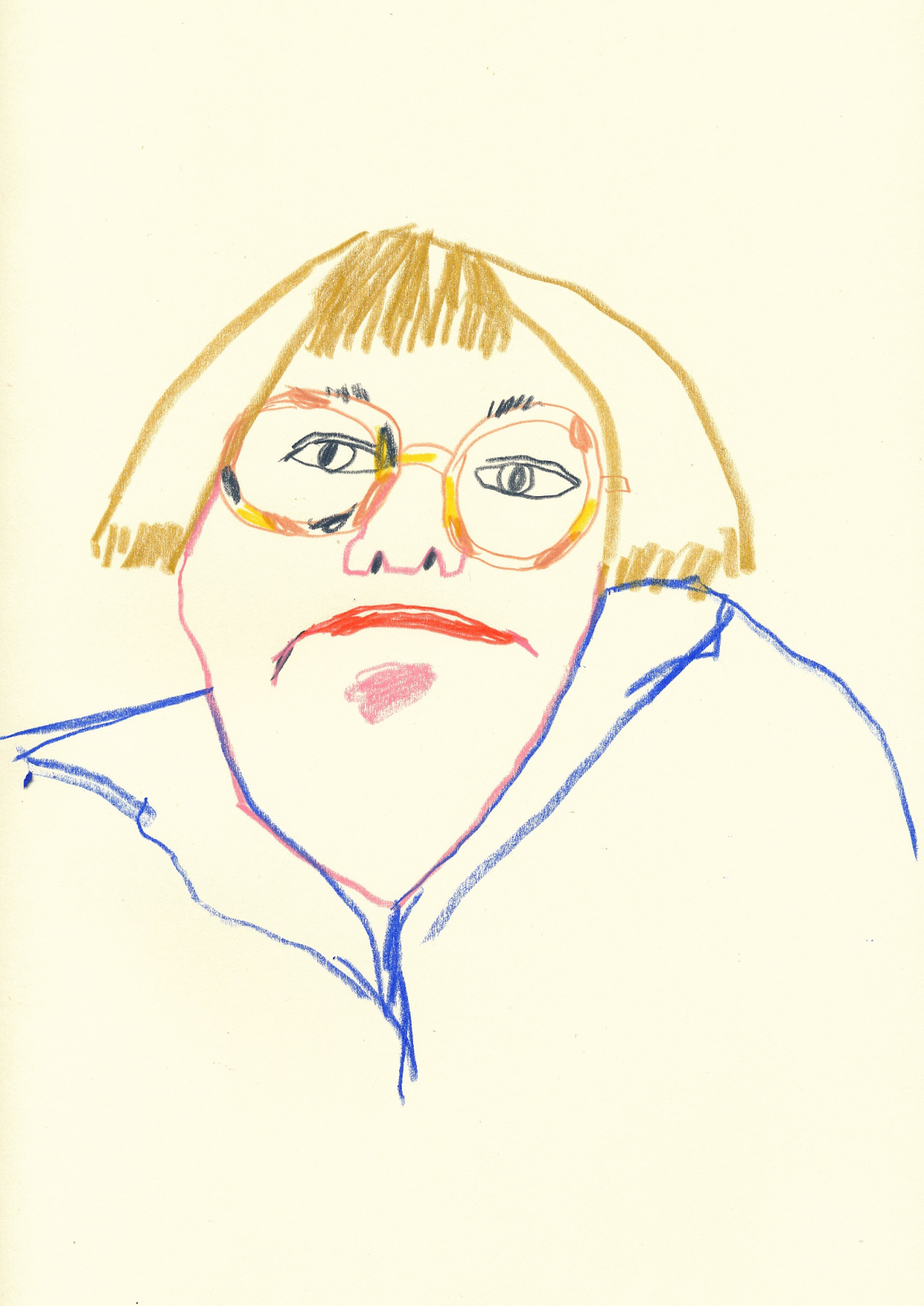
SCIENCE
Transparent
Kirk Gordon demonstrates that frogs, prison, and Y2K aesthetics have more in common than you might think.
Show Me Your Guts
—
inThe technology of the early 2000s was bulbous and bodied, shining its entrails through translucent plastic shells, heralding the new age in flecks of green and copper. Y2K product design was defined largely by the “clear craze,” which pronounced the new millennium by showcasing its digital nervous system. Circuit boards and wires became aesthetic objects in themselves: the organs of the 21st century, tiny and mysterious, electrons sparkling in the molecular sublime. Devices were becoming more complex, more exciting, more alive. Everyone wanted to see what was inside.
Before our first computer planted itself in the living room, I would fish for bullfrogs in the creek behind our house. I would crouch quietly along the bank with my bamboo pole, hovering a scrap of red oil rag above the chorus, waiting for one to leap. The big frogs never fell for it, but the smaller ones always did. They’d twirl like dancers as I pulled them from the stream, their long legs bent in a graceful plié. With a gentle squeeze I’d remove the hook, running my finger along the ridge behind their eyes. Some struggled, but most would just lie still. Perhaps they were happy to have their spots admired. Once, I caught a pregnant one: eggs jostling inside her milky, translucent belly. A thousand lives in the palm of my hand. It was more than I could handle. I set her back in the grass, and she instantly dissolved into ripples.
The desire to see inside our devices was originally conceived behind bars. The earliest clear devices were made for the criminal justice system—designed for easy inspection and to stop the flow of contraband being smuggled into prisons. Products like TVs and radios had strict manufacturing guidelines to ensure they could not be disassembled into makeshift weapons. Devices had to be cheap and lightweight, with clear plastic cases, sonically welded to avoid the use of screws. Technology—like most bodies in prison—was perceived as a threat. Perhaps on the outside we sensed this too.
Clear products percolated into consumer markets throughout the ’80s and ’90s, beginning with the release of Polaroid’s Sun 600 cameras in 1981. In 1983, Swatch released its iconic “Jellyfish” watch, with its silicone wristband and viscera of floating gears. The first clear device I remember owning was an Action Replay cartridge for my Game Boy. Essentially, it was a plug-in full of cheat codes. While I could never outsmart the biggest frog in our creek, the device allowed me to catch any Pokémon I wanted. Circuit boards could be hacked in ways that real life could not.
PHOTOGRAPHY
LITERATURE
Naming conventions
Madeleine Voge takes a hard look at an increasingly unhinged trend in fantasy novels.
Fantasy names are getting out of hand
—
inThere’s a naming phenomenon happening in sci-fi and fantasy. Authors are getting so free and loose with the X, Y, Z keys, I’m starting to think Frank Herbert was being subversive when he named his Dune protagonists Paul and Jessica.
“You’ve met Jessica, right? We were hallmates at Bucknell. Small world! Her and her hubby, Paul, started Y Combinator. What’s that? You like his shirt? Oh yes! I think it’s Bonobos. Anyways, they have prophetic visions and mind-controlling Voice powers.”
(This is a bit where I pretend I’m introducing you to my friend, Jessica, who would seem out of place in a dystopian sci-fi novel like Dune. It’s layered, okay? Because in real life the founders of the Y Combinator tech accelerator are actually named Paul and Jessica. You can understand that this is funny?)
I’m going to start my own company called Y Combinator, except it’s a Fantasy Name Generator for Y names like Yobsydian, Yggdrasyl and Yorcal Ninky. (Do not take this idea, it’s all I have.)
Back to the problem at hand. This is a good time to say I’m a native English speaker. I live in the United States, and the world doesn’t need me or anyone else campaigning for more Eurocentrism in speculative fiction. What I’m talking about today is not linguistic diversity, but rather the invented names that prioritize originality over legibility. If you want to create an immersive world, don’t keyboard-smash your character names as a shortcut for creativity. Take the time to world-build.
[…]
Don’t worry, I’ve come with receipts. Over the years, here are some names I’ve beeped out in my mind so I didn’t have a medical emergency while reading. I will say, some of them are cool and stylish. Maybe all of them are, in their own way.
Kvothe “KVOH-th”
The Name of the Wind by Patrick Rothfuss. Pronunciation is still heavily debated due to this explanation from Pat: “Kv + Quothe = Kvothe. Simple.”
Fflewddur Fflam “Ffl-oo-thurr Flam”
The Book of Three, Lloyd Alexander. Okay fine, I love this one.
Tvlakv “T’VLACK-v”
The Way of Kings by Brandon Sanderson. Is that pronunciation guide helpful?
Sgaeyl “SKAY-uhl”
Fourth Wing again. A dragon named Scale. Do you get it?
MUSIC
ART
“Nothing looks ugly and pretty, but many things are ugly but beautiful”
Marina Roca Díe considers the impacts of Instagram—from the flattening of scale to the ubiquity of likes—on contemporary art and artists.
Instagram changed contemporary painting
—
inLikes are that element we all know is bullshit, though we all check incessantly. The like was a revolutionary invention, with the capacity of spreading brief love, in the brief shape of a brief heart. But it turns out, the like is not free of politics. We may press like because we truly like something. But we also deal with likes as if they were hard drugs; I fix you, you fix me. Sometimes we like something out of pity for the person who posted it. Or we like it falsely, to keep the status quo of a friendship. Or to make ourselves excel from other people in front of a potential client. Sometimes we even like tragedies, only to say, “I saw this, I hear you.” So it’s not that simple as a liking gesture, and it’s not devoid of ethics.
The like has changed our perception of beauty. In Spanish we have two words for beauty: bonito and bello. Bonito means pretty, it’s helpful as pretty: it can get you out of an uncomfortable situation (—What do you think about my art?) but it has the same empty meaning. Bello means beautiful, but almost in a sense of sublime. Nobody uses bello anymore. Bello seems reserved for a Botticelli painting, but nobody goes to a contemporary painting show and says qué bello! The truth is, no contemporary work of art seems to have enough weight to be called bello. These two categories, beautiful vs. pretty, are more entangled than ever, and I believe it’s because of the effect of likes on social media. The like is in principle to say how pretty. The problem is this paradox: nothing looks ugly and pretty, but many things are ugly but beautiful. One day I’ll write a whole dissertation about the relationship between prettiness and beauty, but today I can’t digress. I will just say, I like it has stopped debates about the value and weight of an artwork as if it was the ultimate valid argument. But we all know it’s a capricious territory, unquestionable, subjective and kind of empty.
There are thousands of examples of ugly beautiful things. I show you one here so you know what I mean.
This work of art now has the value of History backing it up. However, it would have been censored on Instagram, if done nowadays.
PAINTING
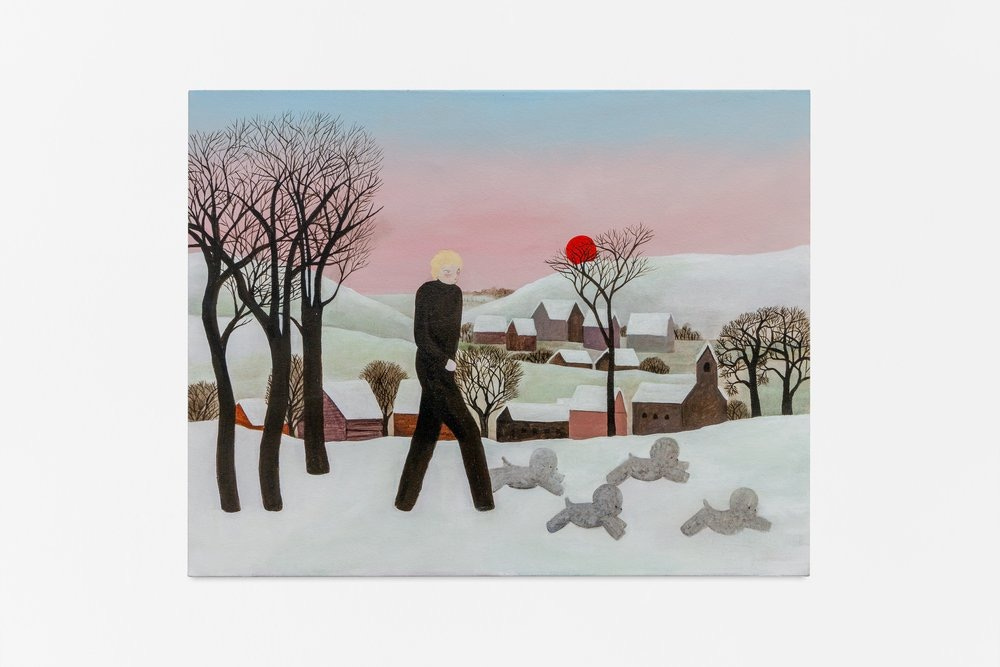
INTERVIEW
Small packages
Zio Baritaux interviews Pearl Holmes about getting her start as a florist, anime as inspiration, and the charm of a small arrangement.
Picking Flowers with Pearl
—
inDrawing from the landscapes of the Bay Area, the meticulous precision of Japanese gardens, and the lush surrealism of Studio Ghibli, Pearl’s work feels at once nostalgic and otherworldly. Her arrangements embrace the unexpected—pale pink blooms tangle with speckled caladium leaves; bleeding hearts arch like brushstrokes over gently nestled pansies; sunset-hued fuchsias dangle above clusters of azaleas. In the conversation that follows, Pearl shares her inspirations, how her mother shaped her approach to flowers, and her love for small, beautiful things.
How did you first get into floral arranging, and what was your learning process like?
My mom had a huge impact on me becoming a florist. She brought the fantasy into the garden—it was the place where fairies lived. Stick forts needed to be built, and holes had to be dug. As an artist herself, my mom would give me creative chores, and one of them was making arrangements for the dinner table. It was one of the few places I felt comfortable being creative.
As I got older, I tried so hard to stay away from the arts and pursued ecology through college. However, when I graduated and couldn’t get a job anywhere, I ended up getting a job at a flower shop in San Francisco. I later worked as a production manager for an amazing florist in the Bay Area, and she opened my world up to so many other different types of floristry and visual art florals. But it really took me sitting at home during the pandemic with flowers from my backyard and a camera, redoing and remaking arrangements 10 times over, to really learn what I liked and what my style is.
Many florists are embracing oversized arrangements, yet your smaller-scale designs feel just as impactful. What drew you to this approach?
Honestly, I really try to make things big, but I end up whittling it all away until the arrangement is tiny again. But I do like it when you feel like you’re entering into another world, and I think smaller flowers make you want to look in close and get into every detail. Oftentimes when I am arranging, I will center everything around the smallest flower as my focal point. Big flowers end up stressing me out and taking up the entire arrangement and then I get kind of lost in the size of it all, but give me something tiny and I will arrange it happily with tweezers.
Is there a specific flower or plant you feel embodies the spirit of Pearl?
Pansies always. Playful, flat, and colorful. A super-tall-growing garden rose is also up there.
What do you hope people see or feel in the worlds you create?
I hope that people look at my work and it brings them some joy. I hope that it allows people to look at the world a little bit closer and with a little bit more appreciation for the small beautiful random things in nature. I hope it makes people love flowers like I do.
PAINTING
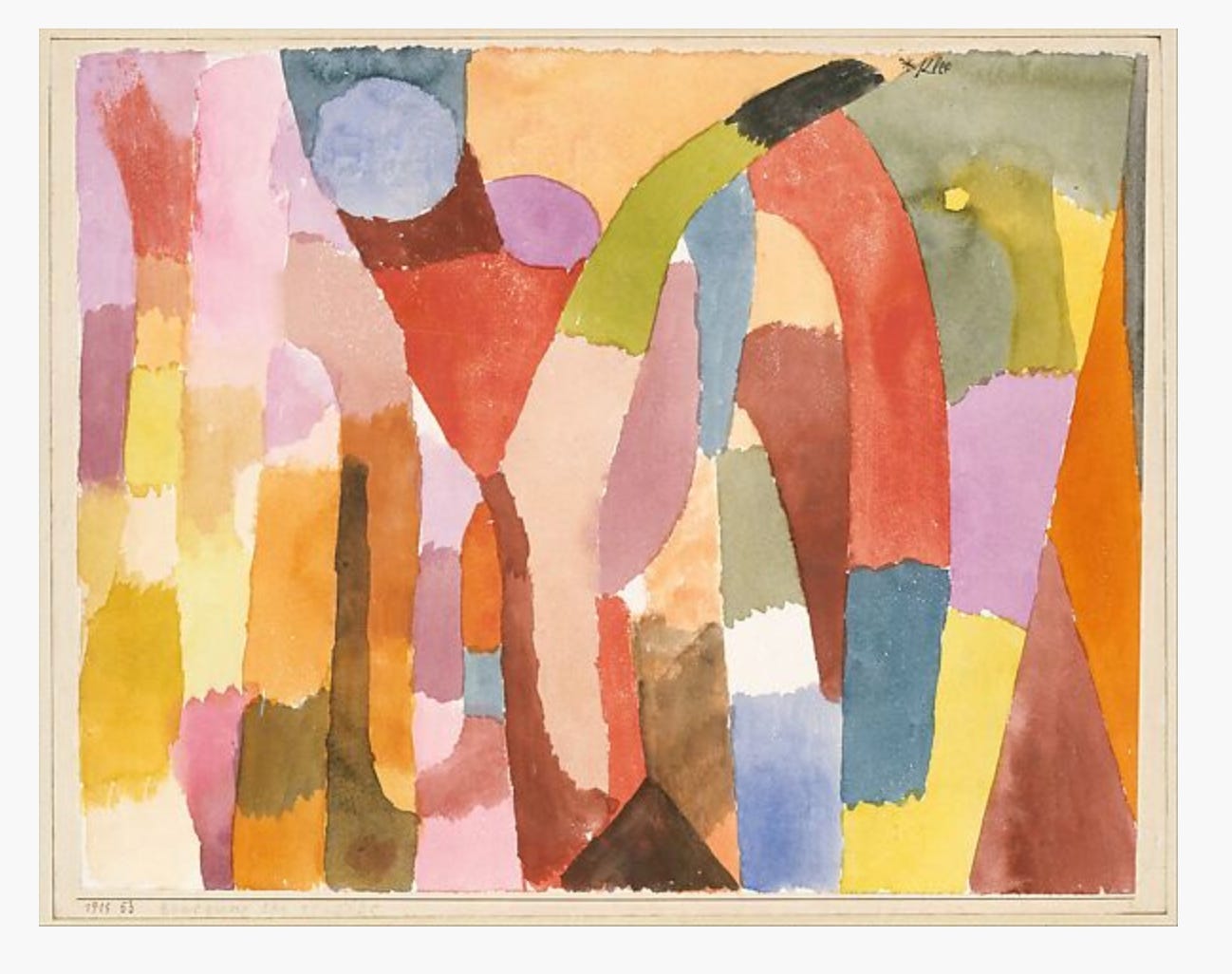
THE DAY AFTER
Substackers featured in this edition
Art & Photography: Hol,
, , ,Video & Audio:
,Writing:
, , , ,Recently launched
Inspired by the writers featured in the Weekender? Creating your own Substack is just a few clicks away:
The Weekender is a weekly roundup of writing, ideas, art, audio, and video from the world of Substack. Posts are recommended by staff and readers, and curated and edited by Alex Posey out of Substack’s headquarters in San Francisco.
Got a Substack post to recommend? Tell us about it in the comments.





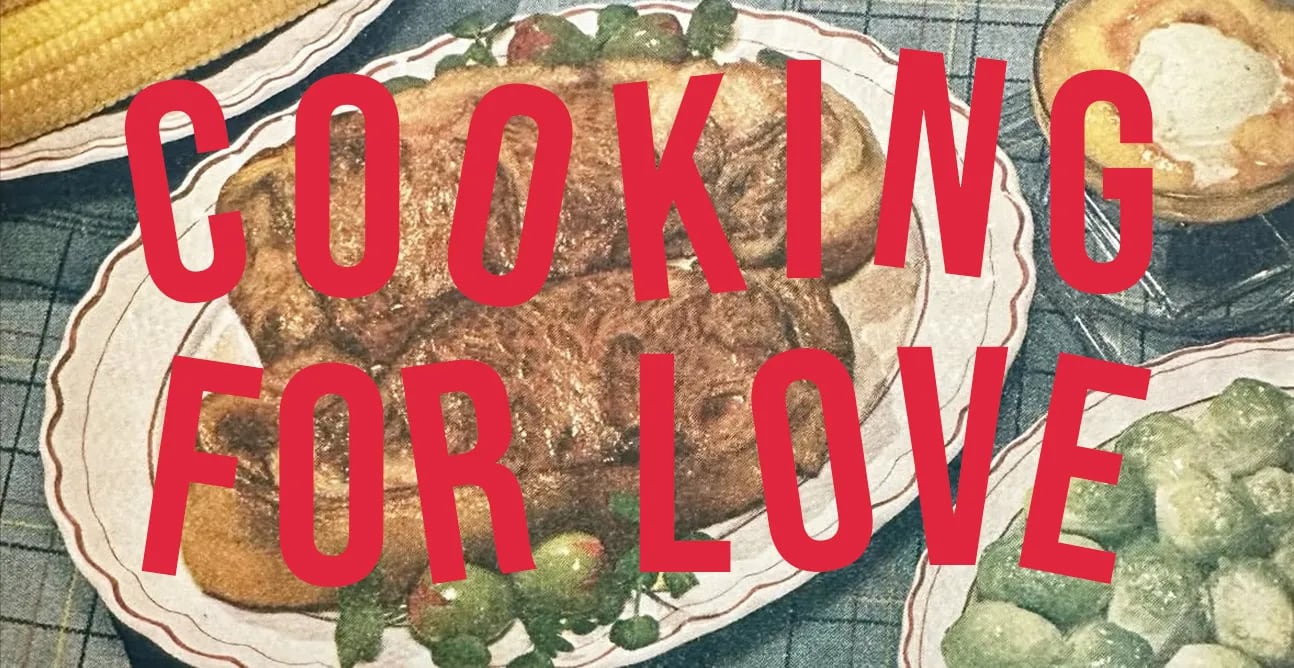


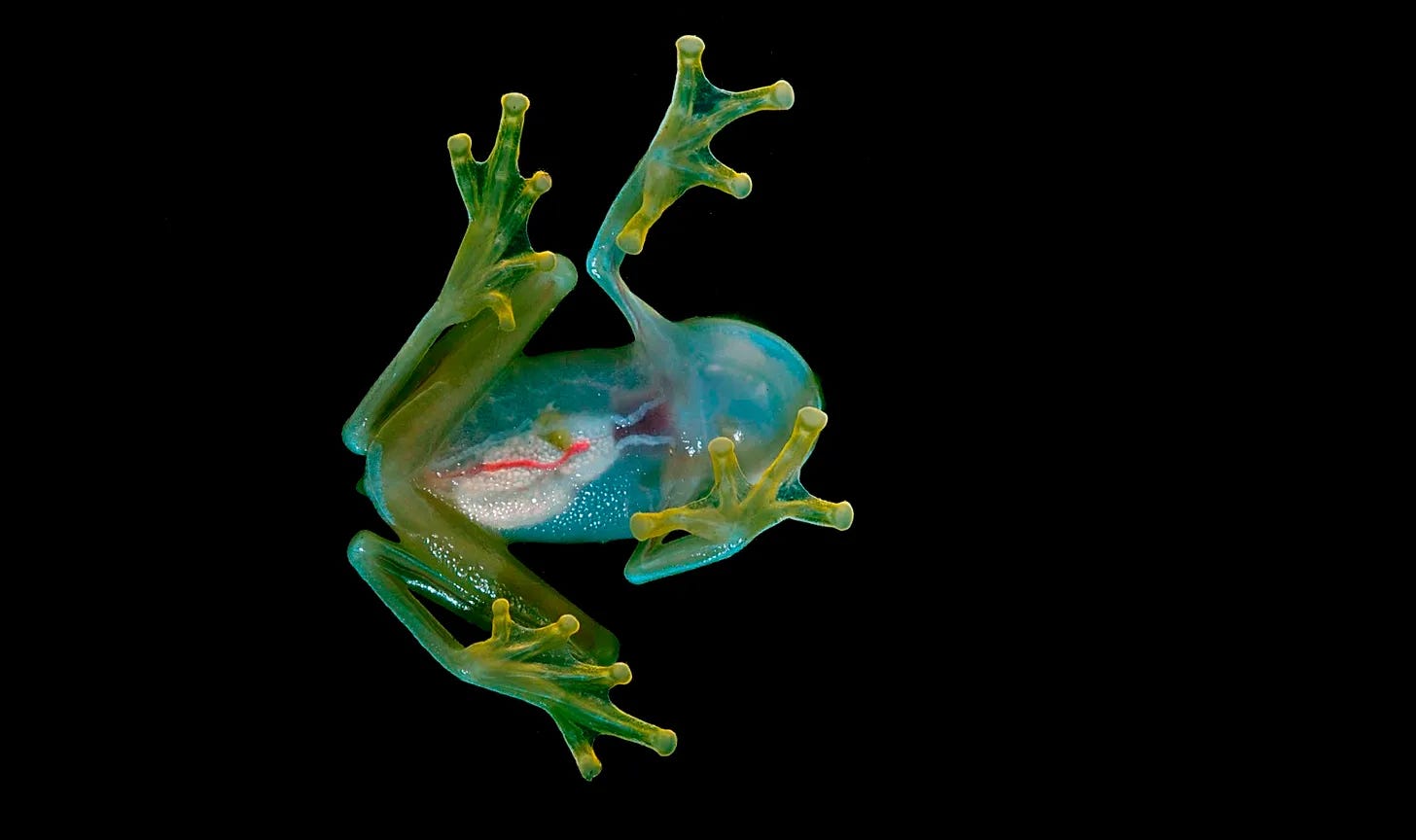

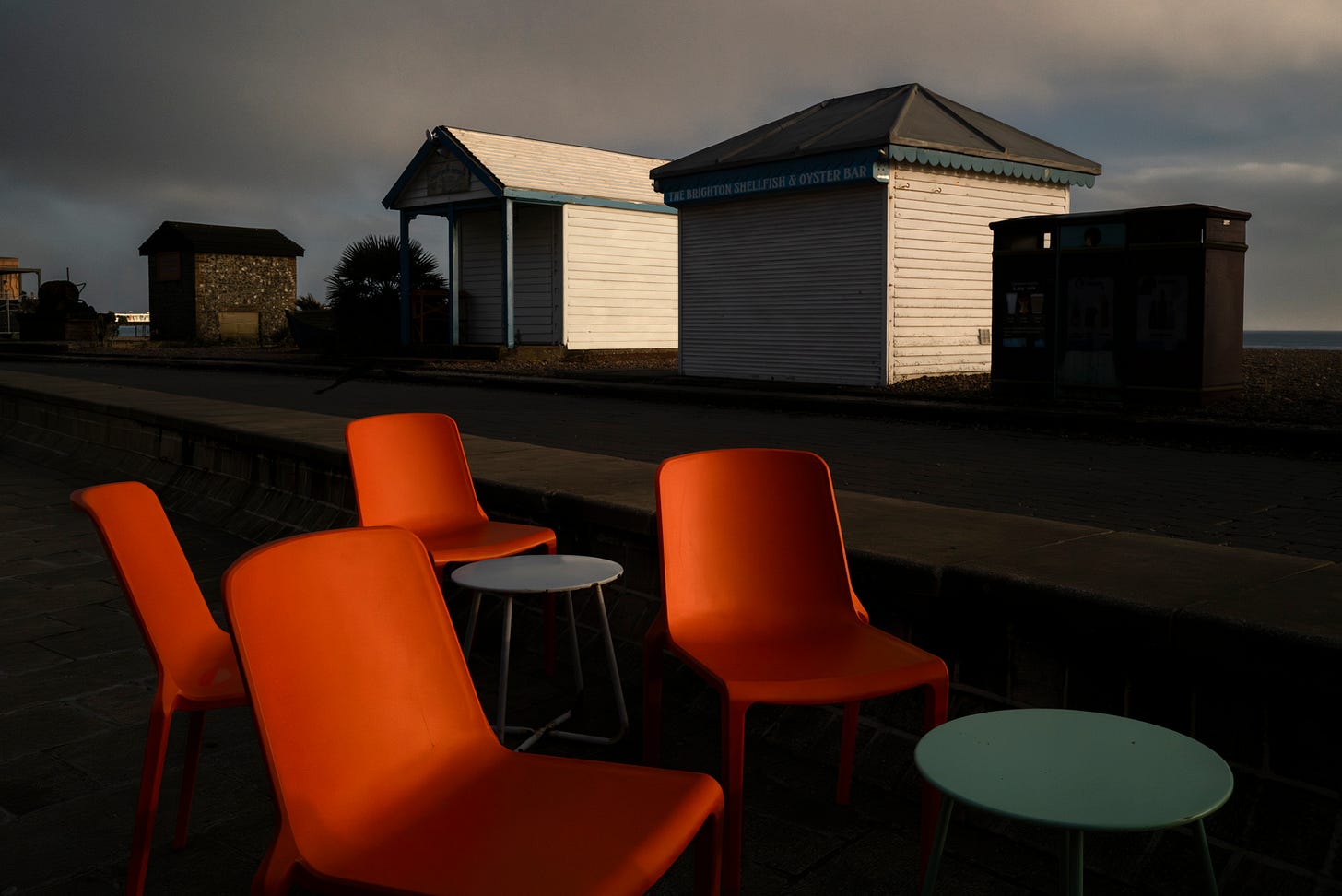

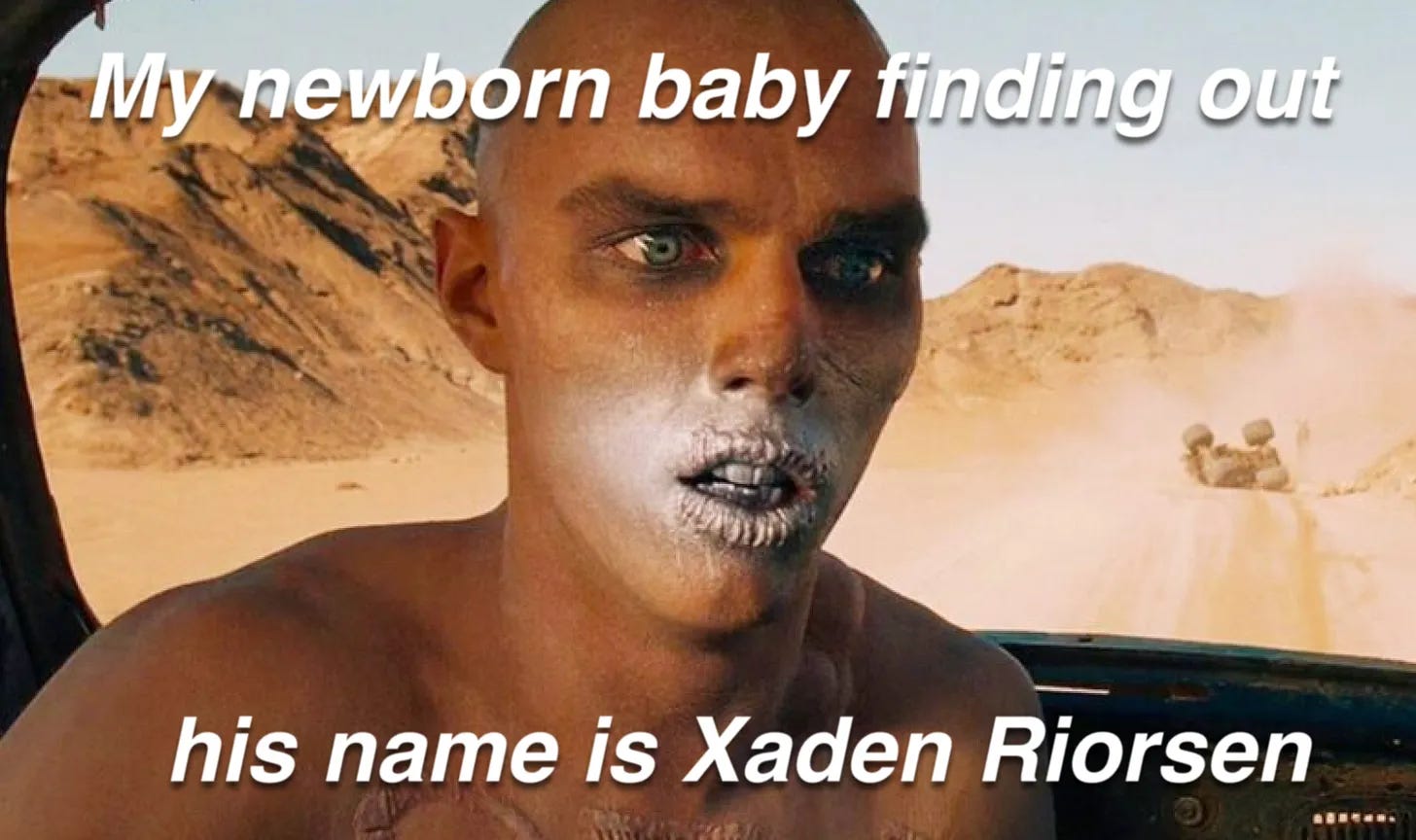


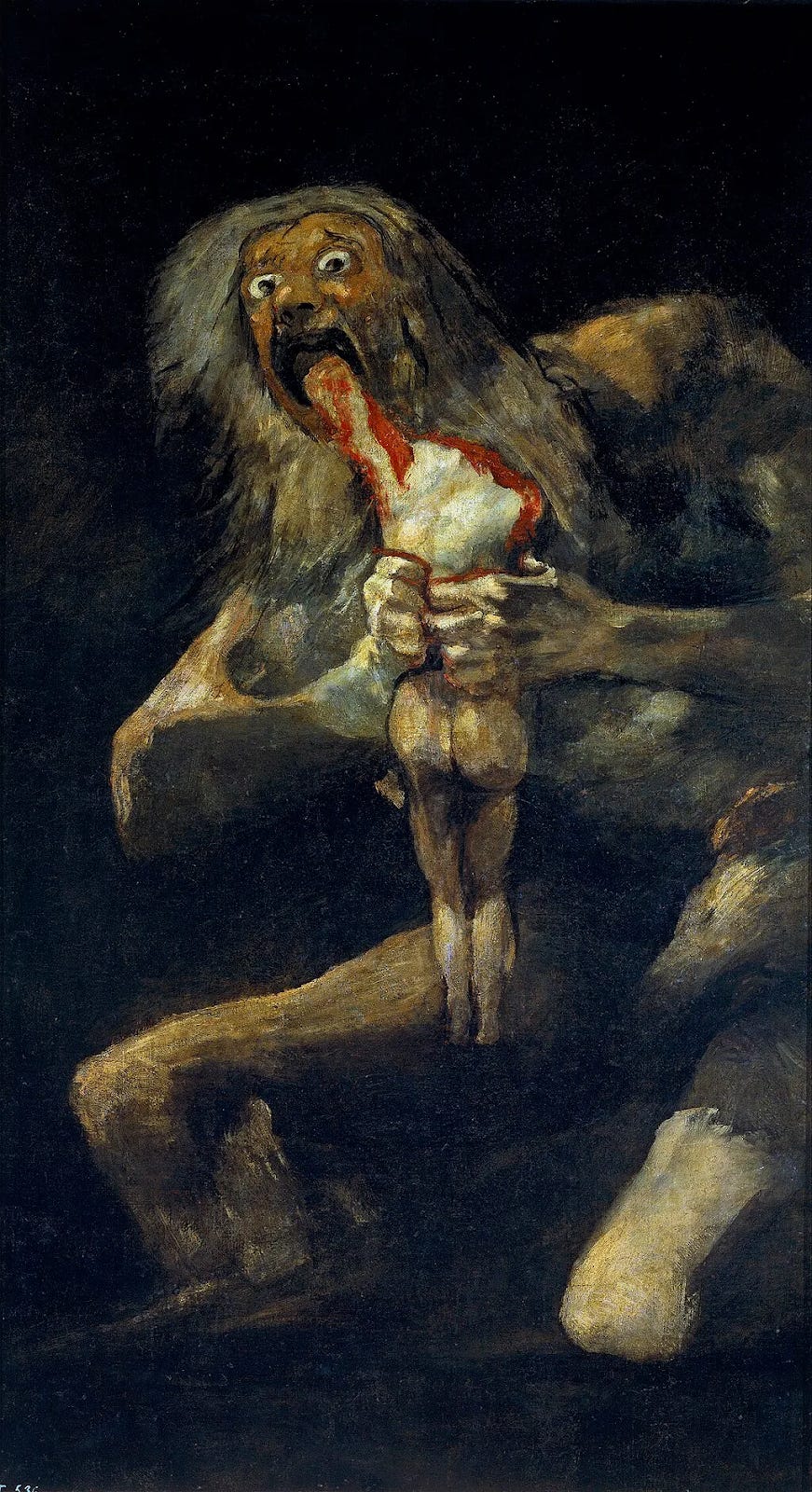


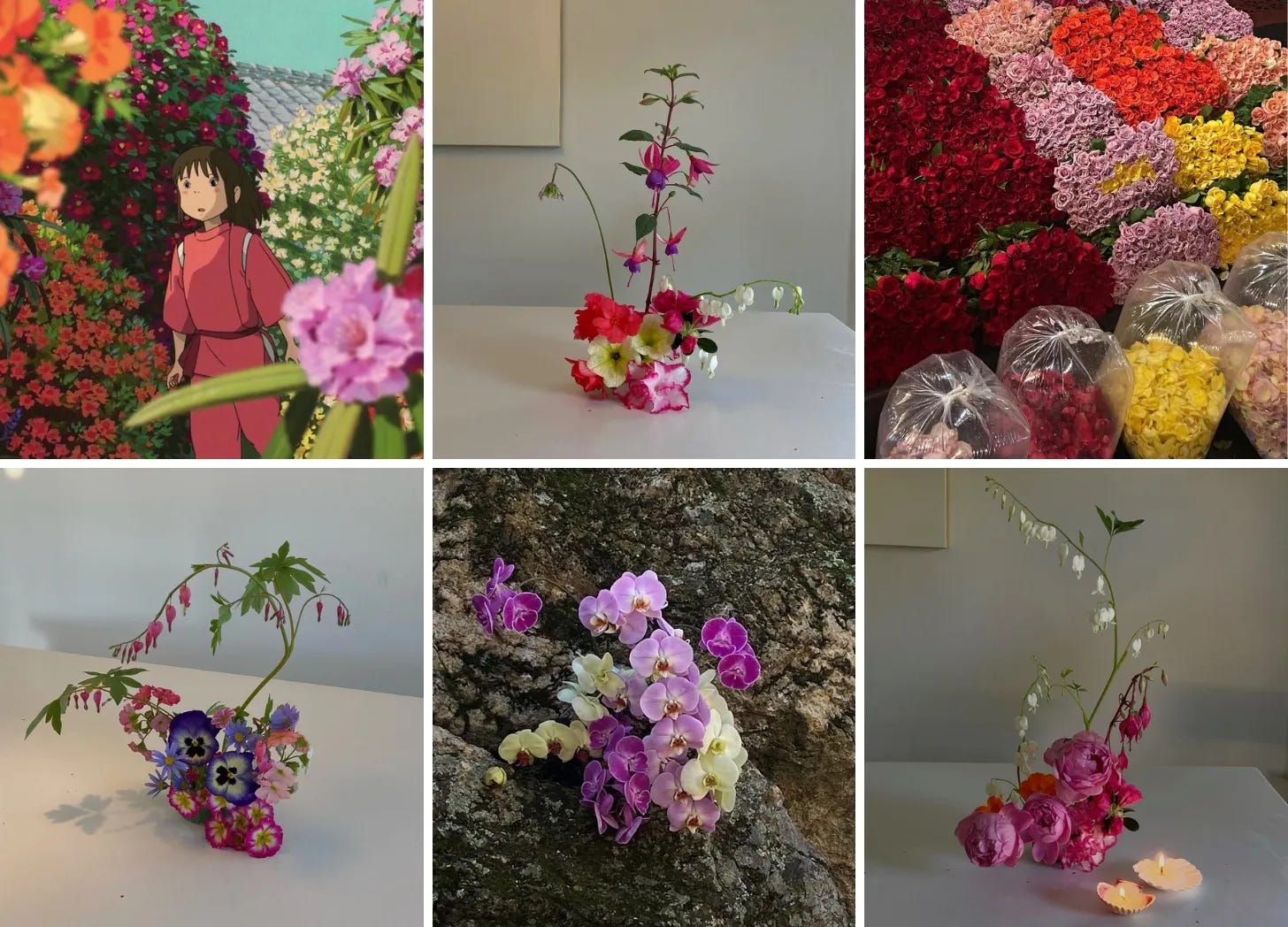




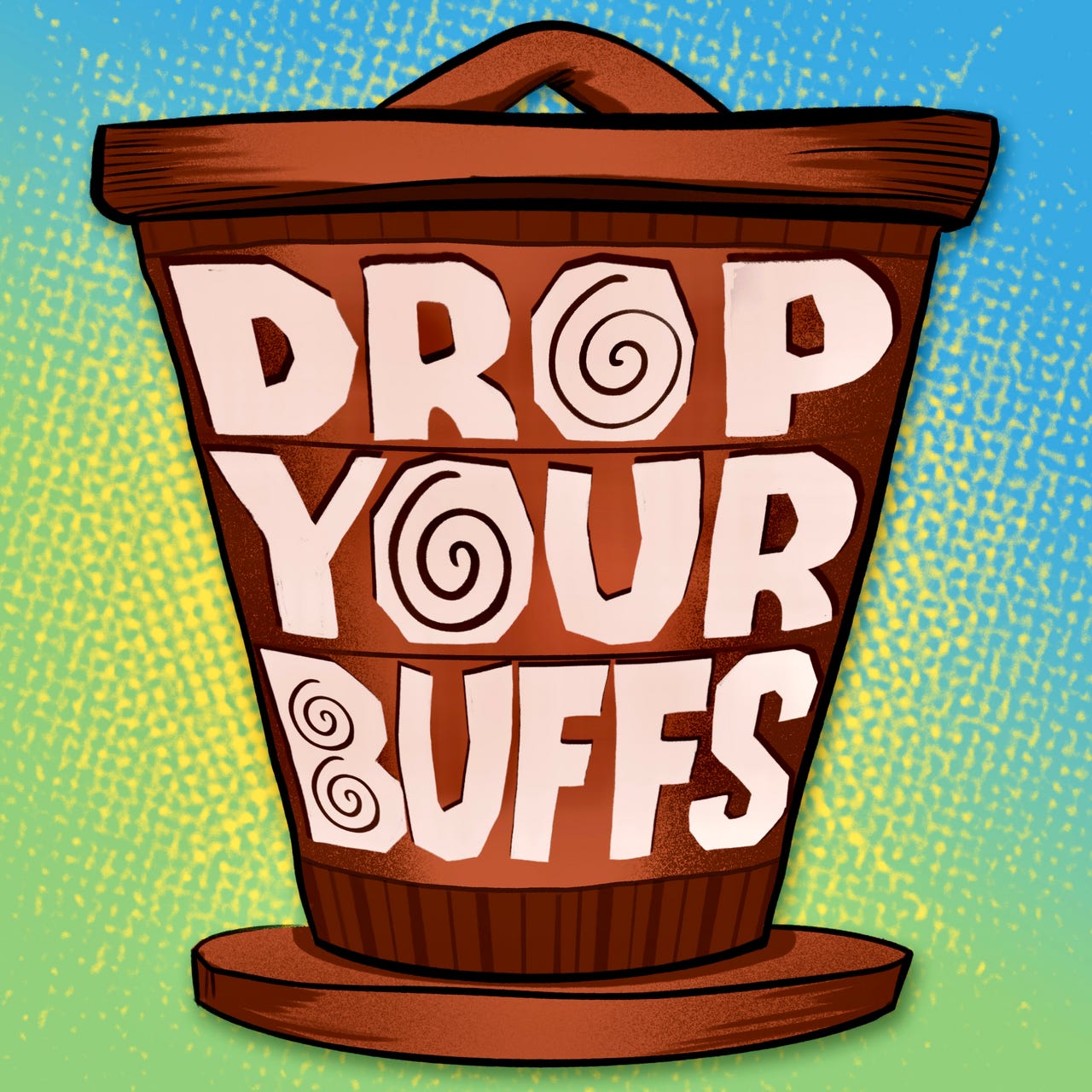
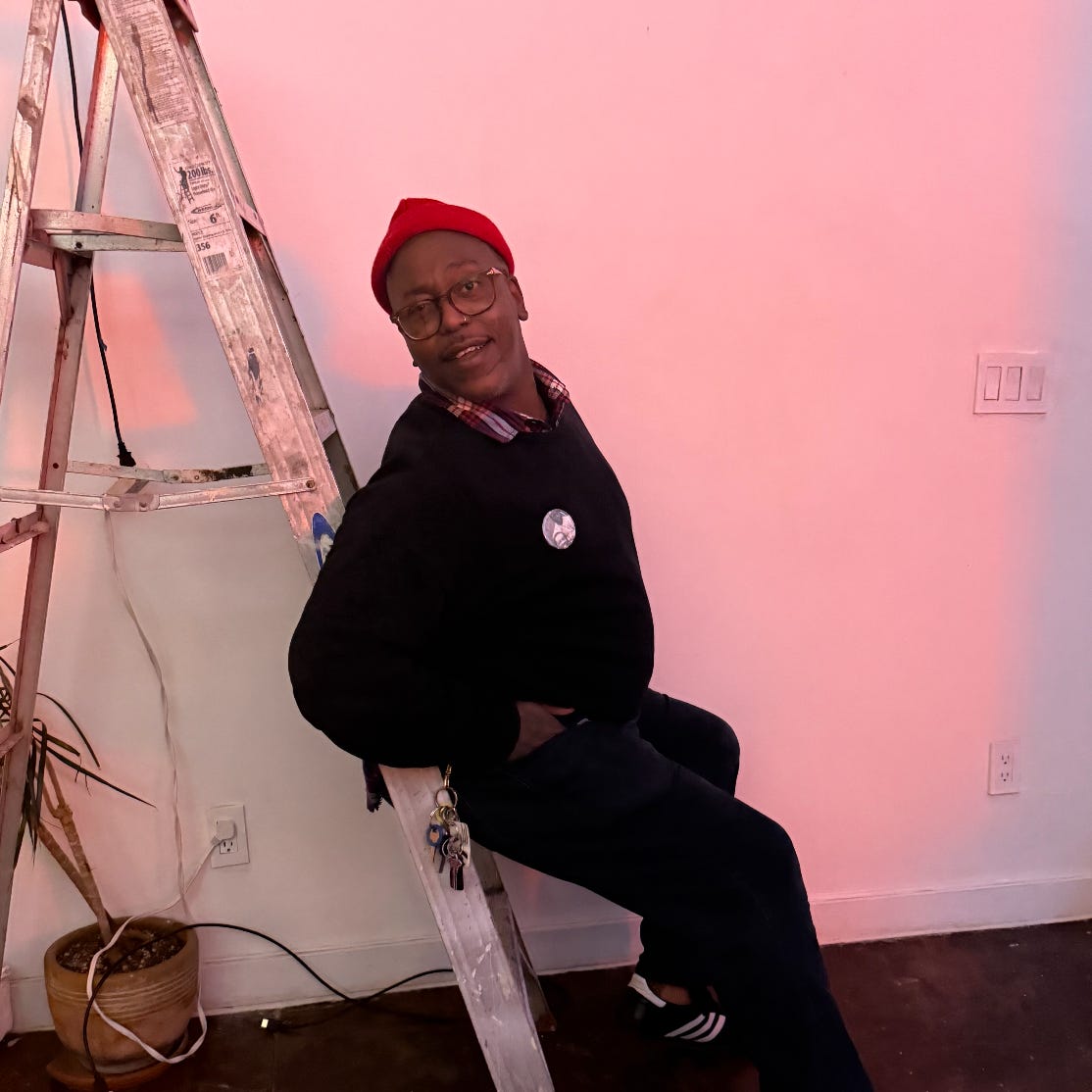


this made my DAY. Thank you for the Fantasy Camp™ love 🖤
Beautiful
Enjoyed this post alot
Some of the best works have 0 likes
Thank you for the introspection